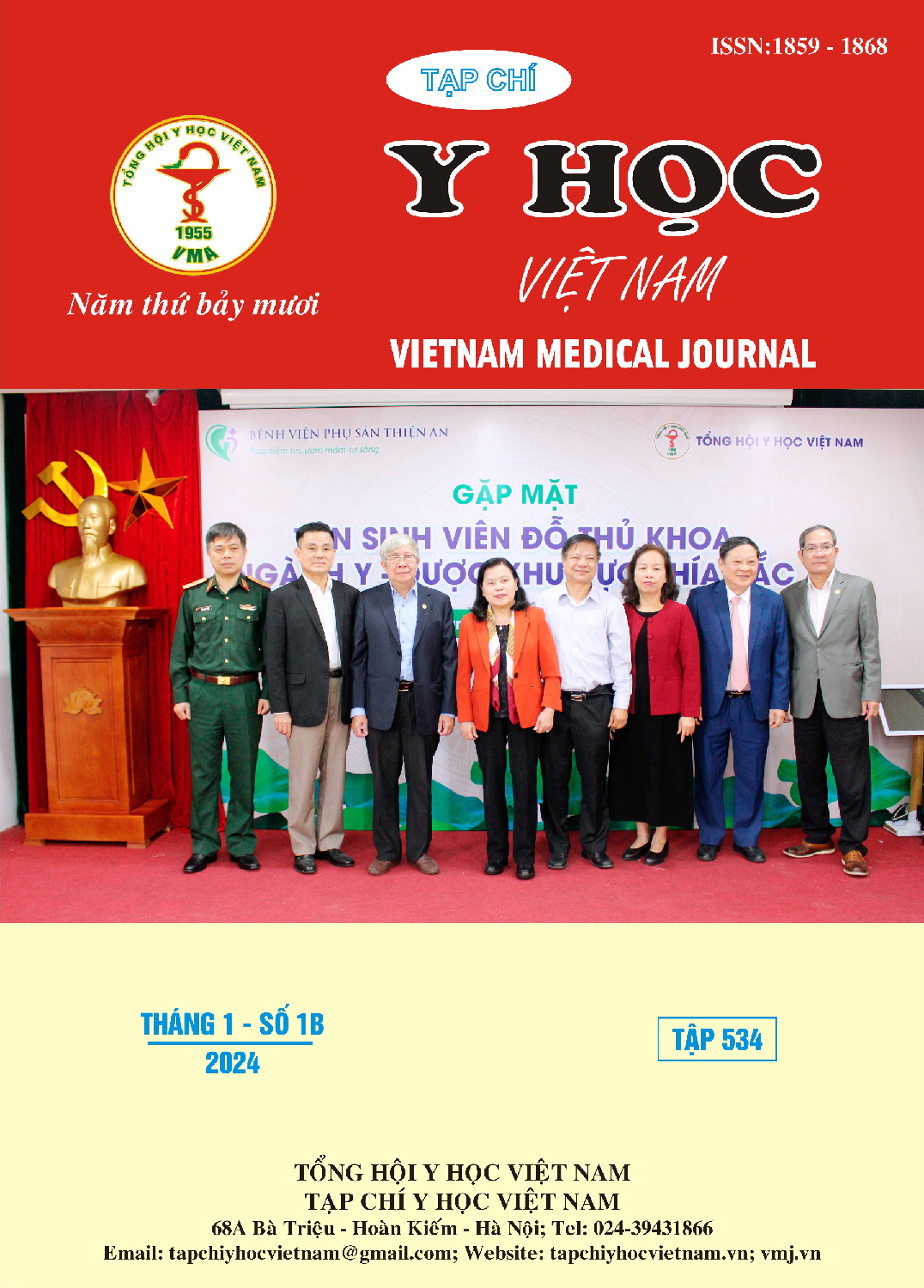DYSLIPIDEMIA AND PHYSICAL ACTIVITY IN PEOPLE TAKING GENERAL HEALTH EXAMINATION AT THE POLYCLINIC OF PHAM NGOC THACH UNIVERSITY OF MEDINE
Main Article Content
Abstract
Background: Dyslipidemia, a non-communicable disease characterized by elevated lipid levels in plasma, is more common in Vietnam. Complications include atherosclerosis, coronary artery disease, myocardial infarction, and cerebral infarction. Prevention, screening for dyslipidemia and early intervention are very important. Non-drug treatments, most importantly physical activity (PA), contribute to improving the condition of cholesterol. Method: People coming for general health check-ups at the Polyclinic of Pham Ngoc Thach University of Medicine were screened for blood lipid profile and related factors, analyzing the correlation between PA and dyslipidemia. Results: We collected and analyzed data from 175 people during the study period. The prevalence of dyslipidemia in studied sample was 77.1% (135 people). Related factors included: gender, hypertension, waist circumference, waist-to-hip ratio (WHR) and daily diet habits. Physical activity level was related to specific blood lipid components such as TC, LDL-C, non-HDL-C (p was 0.001; 0.001; <0.001, respectively). Conclusion: The rate of dysfunction in the study population was high, with the highest increase being the TG index. Moreover, non-HDL-C should be considered as an important indicator. Early screening is very important, especially for men, hypertension, large waist circumference and WHR. Enhance PA levels, which limiting sedentary lifestyle, increasing moderate-high exercise time, even walking is also helpful for preventing dyslipidemia.
Article Details
References
2. Bondge, B., et al., Association of Physical Activity with Lipid Profile in Healthy Subjects: A Cross Sectional Study in Tertiary Care Hospital from Central Rural India. Indian Journal of Endocrinology Metabolism: Clinical and Experimental, 2021. 25(6): p. 520.
3. Force, U.P.S.T., Final recommendation statement. Lipid disorders in adults (cholesterol, dyslipidemia): screening, June 2008. 2014, Current as of December.
4. Lira, F., et al., The relationship between inflammation, dyslipidemia and physical exercise: from the epidemiological to molecular approach. Current diabetes reviews, 2014. 10(6): p. 391-396.
5. Martínez-Hernández, A.F. and R. Chávez-Aguirre, Prevalence of dyslipidemia in a family medicine clinic. Revista Médica del Instituto Mexicano del Seguro Social, 2007.45(5): p. 469-475.
6. Pengpid, S. and K. Peltzer, Prevalence, awareness, treatment, and control of dyslipidemia and associated factors among adults in Jordan: Results of a national cross-sectional survey in 2019. Preventive Medicine Reports, 2022. 28: p. 101874.
7. Pirillo, A., et al., Global epidemiology of dyslipidaemias. Nature Reviews Cardiology, 2021. 18(10): p. 689-700.
8. Segal-Isaacson, C., J. Wylie-Rosett, and K.M. Gans, Validation of a short dietary assessment questionnaire: the Rapid Eating and Activity Assessment for Participants short version (REAP-S). The Diabetes Educator, 2004. 30(5): p. 774-781.


